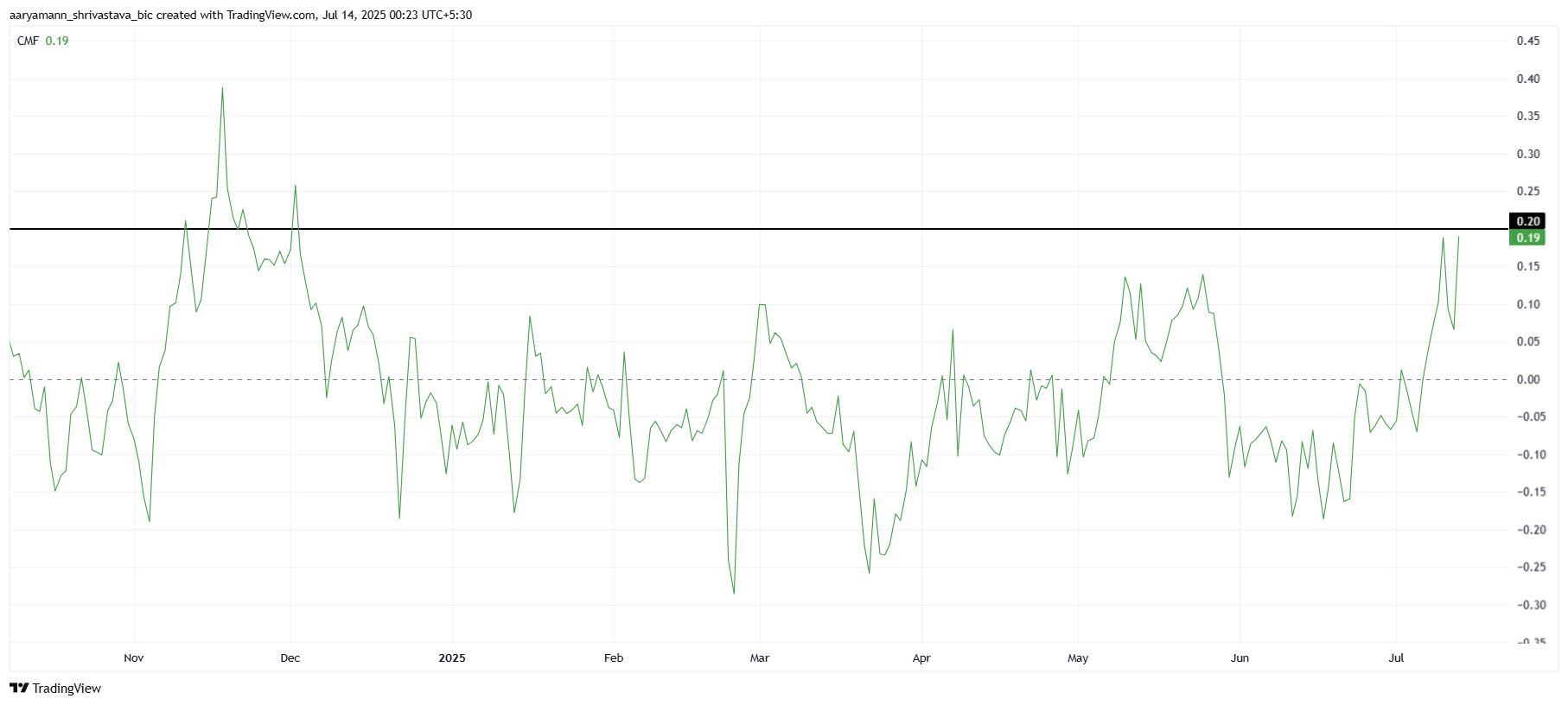Paris, Barcelona, Venice overwhelmed as tourism increases over prepandemic levels

“Portugal’s Travel & Tourism Sector Enters Golden Era.” “Travel & Tourism in Poland Set to Surpass Economic Records.” “France Set to Maintain Unmatched 2024 Growth in Travel & Tourism.” The World Travel and Tourism Council’s news and press release page is chock full of articles highlighting one fact: the world’s most visited destinations are overwhelmed with tourists, and the postpandemic tourism boom doesn’t seem to be slowing down.
Global travel was already swelling in 2024, when international travel reached 99% of its prepandemic levels, according to UN Tourism’s World Tourism Barometer. In the first quarter of 2025, international tourist arrivals increased by 5% compared to the first quarter of 2024 and 3% compared to the first quarter of 2019.
This surge of vacationers is in part due to “revenge travel”: people are going on the long-awaited trips they weren’t able to take during the pandemic. Partly as a result, popular sites and vacationing spots are facing an influx of tourists.
VALERY HACHE—AFP/Getty Images

Marc Asensio—NurPhoto/Getty Images

Andrea Merola—Bloomberg/Getty Images

MAGALI COHEN—Hans Lucas/AFP/Getty Images
One of the countries most challenged by the flood of tourist traffic is Spain, which welcomed about 94 million foreign visitors in 2024—about double the country’s entire population of 49 million. The barrage of foreign tourists is making destinations busier and prices more expensive, and locals as well as domestic tourists are getting pushed out of their own regions.
For Spain’s 25 most popular coastal destinations, where hotel prices have risen 23% in the past three years, foreign tourism rose last year by 1.94 million people while local tourism dropped by 800,000. In contrast, about 1.7 million more Spaniards vacationed inland to more affordable areas last year compared to the year before.
But locals aren’t relinquishing their hometowns and regional vacation destinations easily. In Barcelona, which has a population of 1.7 million and saw 15.5 million domestic and foreign visitors last year, protesters took to the streets this year and last to splash tourists with water guns.
In Paris, staff at the Louvre, the world’s most-visited museum, went on strike in June, protesting the crowds, the lack of staffing, and the working conditions. The museum currently caps daily visitors at 30,000, which brings the maximum yearly attendance to 9.3 million—about 5 million more than the Louvre was designed to receive.

SEBASTIEN BERGER—AFP/Getty Images

Stefano Mazzola—Getty Images

Bernat Armangue—AP Photo

Buddhika Weerasinghe—Getty Images
While locals are protesting overtourism, governments are trying to satiate their constituents without losing the economic boost that tourism provides. On a global scale, travel and tourism represented 10% of the global economy in 2024. Travel and tourism in Spain is expected to make up 16%, or $303.3 billion, of the country’s national economy, and the same sector in France is expected to make up 9.3%, or $319.2 billion, of its output.
In trying to appease both sides, the government of Italy imposed a five-euro (almost $6) tax last year to tourists traveling into the city in an attempt to mitigate tourism at the UNESCO World Heritage Site. The fee, implemented in April, is applicable only to day trips, not longer visits, and is in effect for only 54 days of this year’s peak tourism season. Residents of Venice, whose population has shrunk from about 175,000 in the 1970s to below 50,000 last year, said that the entrance fee turned their city into an amusement park and will not do much to discourage tourists.
Governments are also tightening regulations on short-term vacation rentals, specifically Airbnb, which limit the housing supply and therefore increase residential housing prices. The vacation rental company, which denies it has a role in hiking housing prices, is currently appealing a decision to take down around 66,000 properties in Spain that violate local rules. London and Paris, too, have capped the number of nights a property can be rented a year to 90 days.

Mohamad Salaheldin Abdelg Alsayed—Anadolu/Getty Images

Simona Granati—Corbis/Corbis/Getty Images

Carine Schmitt—Hans Lucas/Redux

Nikolas Kokovlis—NurPhoto/Getty Images

